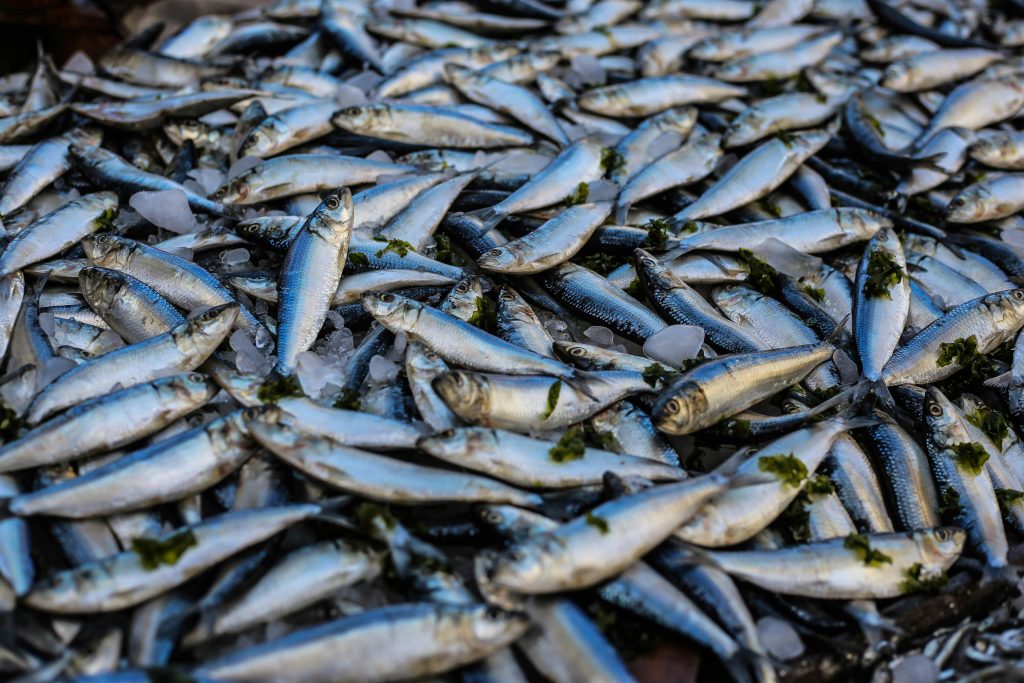High intake of fish species that may contain high levels of mercury may increase the risk of ALS. Eating fish regularly remains advisable, but be mindful of the types of fish you consume.
Mercury and ALS
Interestingly, mercury comes up as a culprit here for the second time in two weeks. Researchers from Dartmouth College studied a possible connection between the risk of the neurological disease Amyotrophic Lateral Sclerosis (ALS) and the consumption of mercury-rich fish. They will present the findings of their study at the American Academy of Neurology’s 69th Annual Meeting in Boston at the end of April.
Their research indicates that regular consumption of fish species containing high levels of mercury increases the risk of ALS.
According to Elijah Stommel of Dartmouth College in Hanover, in most cases, eating fish is part of a healthy diet. However, they wanted to investigate the possible influence of mercury in consumed fish on the risk of ALS.
The exact cause of ALS is still unknown, but previous studies have suggested mercury as a risk factor. In the U.S., where the researchers conducted their work (but also in the Netherlands), people primarily get mercury through consuming fish.
The researchers followed 518 people, of whom 294 had ALS. They tracked how much fish and seafood they consumed, which fish they ate, and whether the fish was purchased from a store or self-caught. Mercury exposure was determined in two ways: based on average mercury levels in the consumed fish and the amount consumed, and also by measuring mercury levels in toenails.
The 25% of people who ate the most fish based on the estimate were twice as likely to be in the ALS group as those who ate less fish. 61% of people with ALS were in the top 25% of fish consumers. It was also concluded based on mercury levels measured in toenails that people who consumed fish more frequently were at a greater risk of ALS.
The researchers point out that fish also offer many health benefits and should not be eliminated from the diet. However, consideration should be given to mercury levels per type of fish.
Fish and Mercury
Mercury does not disappear from fish when cooked or baked. Making the right choice is important. In this regard, we are fortunate in the Netherlands with the favorite fish species.
Among Americans, it was mainly shark and swordfish that contained high levels of mercury. Fish at the top of the food chain contain the most mercury. They absorb it from all the fish they eat, which in turn eat smaller fish and so on. Fish like sardines and salmon are therefore much safer in terms of mercury content than, for example, shark. Mackerel (common, not king mackerel!) and herring are fortunately also low in mercury.
For tuna, it depends on which tuna you eat and where it is caught. Smaller tuna species that are usually sold in cans contain relatively low mercury. Larger tuna species, which are more often sold as steaks, contain more mercury.
References
- aan.com/PressRoom/Home/PressRelease/1522
- Chicourel EL, Sakuma AM, Zenebon O, Tenuta-Filho A. 2001. Inefficacy of cooking methods on mercury reduction from shark. Arch Lat Am Nutr 51(3):288–292.
- Morgan JN, Berry MR, Graves RL. 1997. Effects of commonly used cooking practices on total mercury concentration in fish and their impact on exposure assessments. J Expo Anal Environ Epidemiol 7(1):1, 19–33.
- U.S. EPA. Office of Water. 1999. Mercury Update: Impact on Fish Advisories. Washington, DC:U.S. Environmental Protection Agency. Available: http://www.epa.gov/ost/ fish/mercury.html [accessed 19 March 2000].
- Learned, Nicole. Myths and Realities: The Fishy Truth about Mercury Toxicity. Faculty Peer Reviewed (NYU Langone Medical Center). December 17, 2011.
- Methylmercury in seafood. Information and Education. © 2010 Whole Foods Market.

